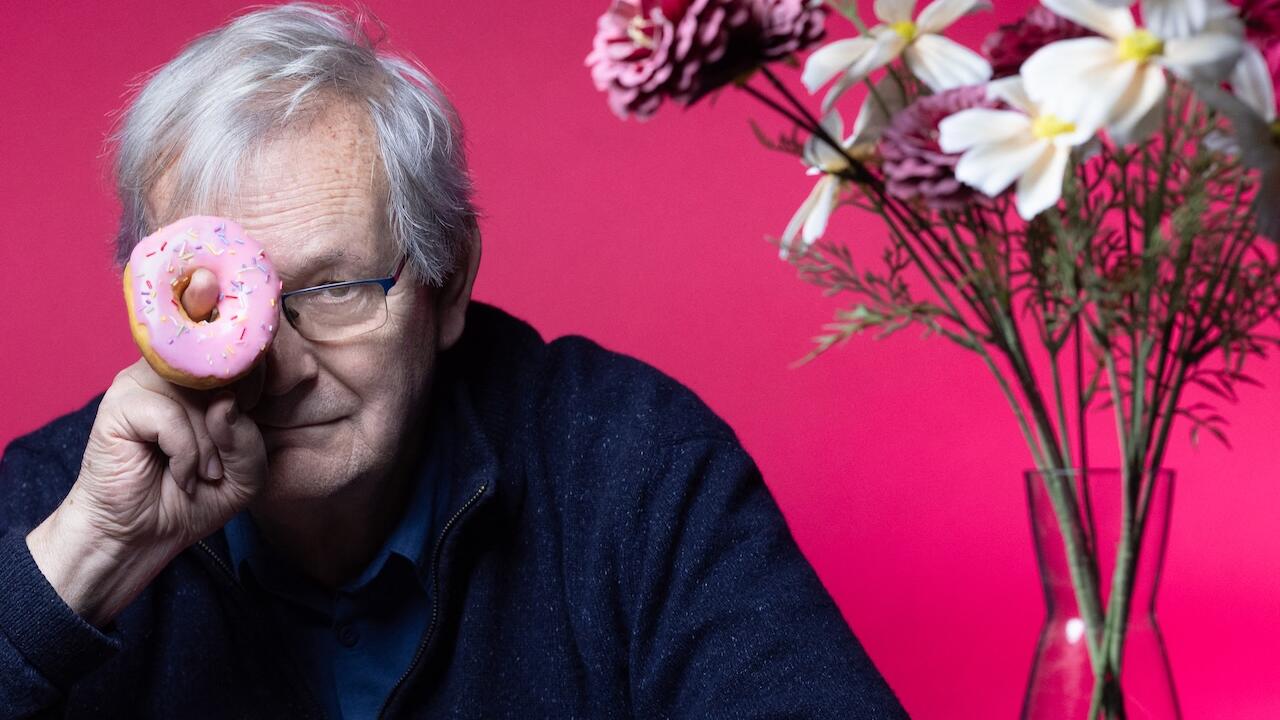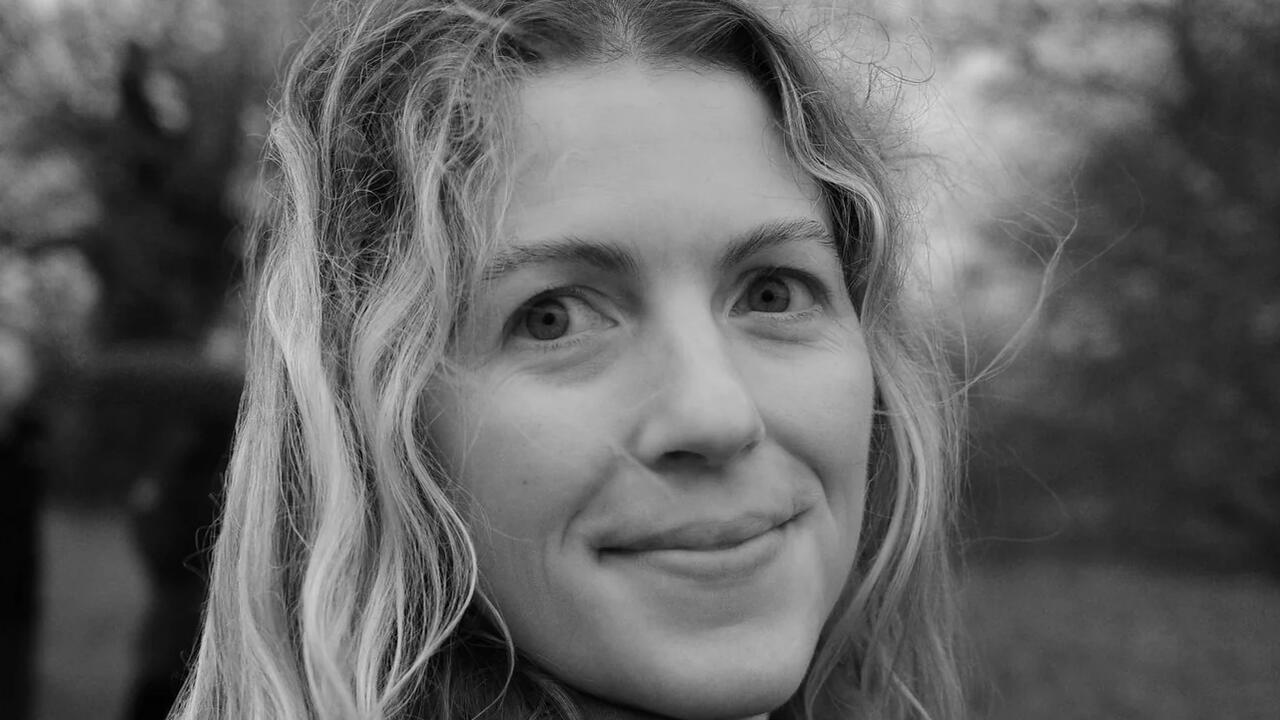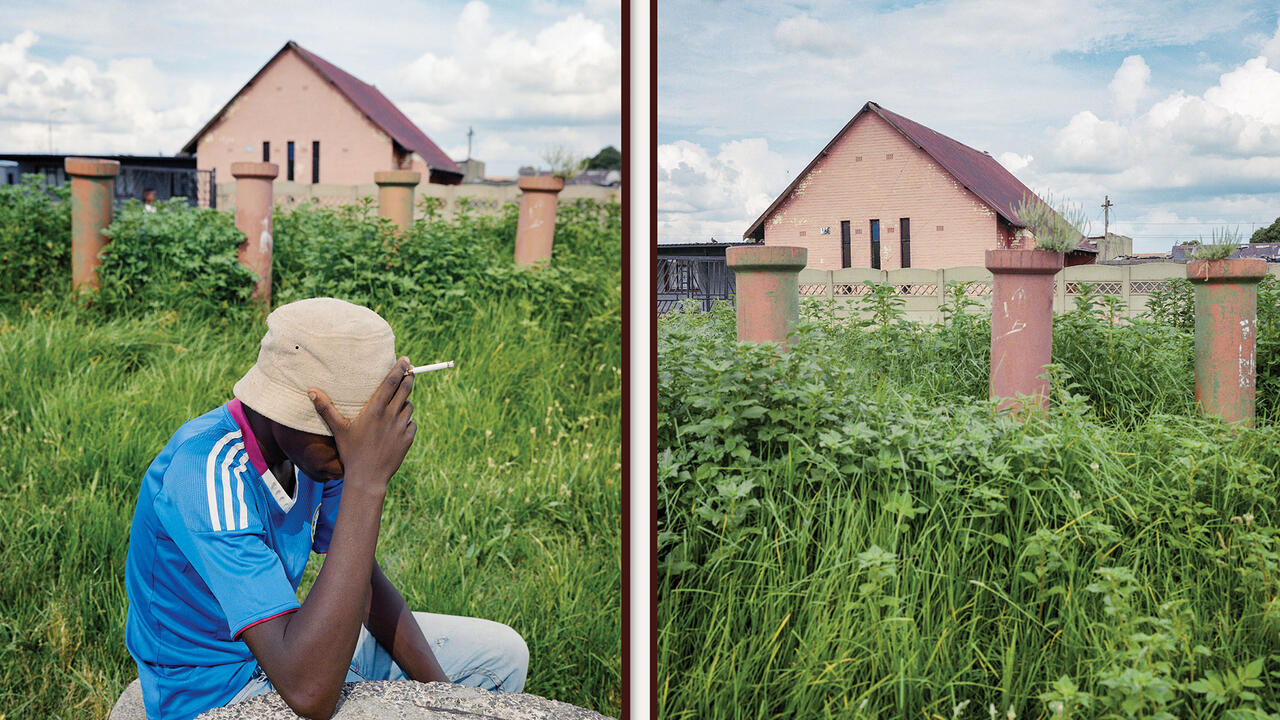Books
Bertolt Brecht and the media today
Bertolt Brecht and the media today

Bertolt Brecht’s peculiar 1955 book Kriegsfibel (War Primer) repurposed press photographs from World War II, most of them from LIFE magazine. Monumental images of machinery and atrocity acquired new captions, socialist realist epigrams which Brecht composed to denote the ur-meaning of each scene: ‘“What’s that you’re making, brothers?” “Iron waggons.” “And what about those great steel plates you’re lifting?” “They’re for the guns that blast the iron to pieces.” “And what’s it all for, brothers?” “It’s our living.”’
The epigrams are especially interesting when they interact with the extant text of an original editorial caption: ‘A Japanese soldier’s skull is propped up on a burned-out Jap tank by U.S. troops. Fire destroyed the rest of the corpse.’ This photograph depicts a sunken, leathery mask of flesh that barely seems human; the casualism ‘Jap’ is a jingoist human error polluting the news-magazine’s officialese. Addressing this fellow of infinite jest, Brecht assumes the voice of Hamlet: ‘Alas, poor Yorrick of the burnt-out tank! / Upon an axle-shaft your head is set. / Your death by fire was for the Domei Bank / To whom your parents are still in debt.’
Kriegsfibel converts images into dioramas in, as it were, an epic theatre of war; War Primer 2 (2011), which riffs on Brecht’s original as Brecht riffed on LIFE’s, splinters them. Adam Broomberg and Oliver Chanarin have made a work of art for the age of digital reproduction. Describing the ‘new’ press photograph, they recently asked: ‘Why is it that images we trust are now most often the lowest resolution or blurred images, so-called poor images? Perhaps it’s because there seems to be a trade-off inherent in these images: a compromise on quality (resolution, composition, focus) for speed and authenticity.’
Onto Brecht’s already overlaid compositions, Broomberg and Chanarin silkscreen a sampling of ‘poor images’ from – Brecht couldn’t have named it better – the War on Terror. Had the authors chosen to furnish their amalgamations with contemporary verse, they might have sampled Frederick Seidel’s poem ‘Transport’ (2012) for the image that splices the aerial bombardment of an unnamed city with the sacked World Trade Center. ‘I am as big as a jumbo jet about to crash into the sea [...] People are spilling out of the windows of the buildings, / Or are jumping out to escape the vaporizing heat / And exploding when they hit the street.’
Broomberg and Chanarin’s superimpositions curdle to effect fresh Verfremdungseffekt – the estrangement Brecht believed effective art should impart by exposing its seams (the mechanics of its artifice). War Primer 2’s blizzard of sources and signifiers make plain its mechanics; you never forget that you’re looking at something produced. A French soldier’s execution by the Nazis: ‘The Germans were “kind” to this Frenchman. They blindfolded him before he was shot,’ reads the primary editorial caption. In Broomberg and Chanarin’s treatment, a fallen Iraqi eclipses the figure of the French soldier, effectively retying the blindfold. Brecht’s quatrain concludes with the lines: ‘And then to show you all / What came of him, we photographed the scene.’ The Iraqi man is flanked by two American soldiers, one touching a blind eyeball with his gloved hand, the other shooting a close-up with a digital camera. Their postures are quite tender (it seems they were ‘kind’ to this Iraqi). The original photo, behind the new one, creates a brick-wall border that bleeds inward to admit the American soldiers, wearing camo fatigues that match the old photo’s black and white. (The camera, dressed in a little camouflage jerkin, joins the monochrome.) The corpse, by contrast, is riotous, blood-bright, his lime-green shirt bunched and textured like the clothing in Timothy O’Sullivan’s photographs of slain Confederate soldiers.

Kriegsfibel and War Primer 2 call to mind two other photography catalogues: Sherry Buchanan’s Vietnam Zippos (2007) and Ross Bleckner’s A3: Our Lives in The New York Times (2011). The first takes a fetishized emblem of the Vietnam War – the Zippo lighters American troops used to torch civilian ‘hooches’ – and zeroes in on the tiny engravings etched into the lighters’ metal sides like unofficial dog tags: ‘NAPALM STICKS TO KIDS.’ Bleckner compiled a selection, spanning 20 years, of The New York Times’s page A3, torn above the fold. In each, a world news headline and accompanying photograph collide with a quarter-page Tiffany ad – a spot the company has occupied for more than 30 years. Confluences of copy (‘Cracks in Indonesia’s Iron Rule’ with ‘The Tiffany Setting: More than a century ago, Tiffany invented an ingenious setting [...] a precious metal of rare strength’ or ‘In the Amazon, areas the size of New Jersey have been razed each year’ paired alongside ‘Cut Flowers: Flower pendant with diamond and a Tiffany cultured South Sea pearl set in platinum, $49,000’) and visuals (an aerial shot of flood-ravaged Haiti / a pepper shaker shaped like a watering can; Neo-Nazis from Germany defacing gravestones in a Jewish cemetery in Lyon / a silver whistle pendant with fascist lines and the catchphrase ‘Let the Games Begin’) have a discomfiting dissonance.
Where Brecht saw corporate collusion, Bleckner sees obliviousness: when A3 was published, he noted wryly, ‘Tiffany [was] actually interested in doing a launch party.’ Brecht, Broomberg and Chanarin, and Bleckner all demand that we look more closely at distressing images whose auras have diminished through dissemination. The artists’ textual and visual juxtapositions abrade the smooth, spoonfed encounter we anticipate, re-establishing the shock of impact. Unusually, a recent advertising campaign for kitty litter is a case study in obfuscation through language. The advertisers of Purina kitty litter, seeking to divert our mind’s eye, bypass imagery altogether. The result is accidental art.
Like funeral parlours and pharmaceutical firms, Purina has an image problem: how to illustrate a product or service no one wants to see in action. Hence an abstract, interactive campaign that relies heavily on text – consumer imaginations won’t conjure cat shit if they are inveigled into games. A series of ads in the New York City subway asks commuters to fill in the following blanks: ‘_ _ BLIK TRANSIT’ and ‘_ _ TOWN OR DOWNTOWN?’ The letters (sometimes dyslexically) form the campaign’s catchphrase, borrowed from Purina’s first syllable and Pepé le Pew, ‘NO MORE PU. LIFE STINKS? WE CAN HELP.’
This seems unlikely: visitors to the website, encouraged to ‘share what stinks in your life’ on a cyber blackboard, lament in earnest. Their language is Brechtian – telegraphic, elegiac and absurd. ‘Instead of carrying a full bag of stinky diapers down through the house, threw it out the 2nd floor window. Bag broke, diaper bomb!’ ‘Reinventing wheels and tails wagging dogs.’ ‘Thinking of getting a divorce and move out while still supporting my old family and myself. Only separately.’ ‘Had knee tumor’ ‘Being in love with someone who doesn’t know you exist.’ ‘Broken truck, sick teenager.’ ‘I swear I am going to be alone forever.’ Shorn of image, artifice and artefact, the text has a primitive charge. Its very weirdness (its muddled premise and its inherent juxtapositions) resists gloss or appliqué, answering the chaplain’s famous question in Mother Courage, ‘What happens to the hole when the cheese is gone?’




















